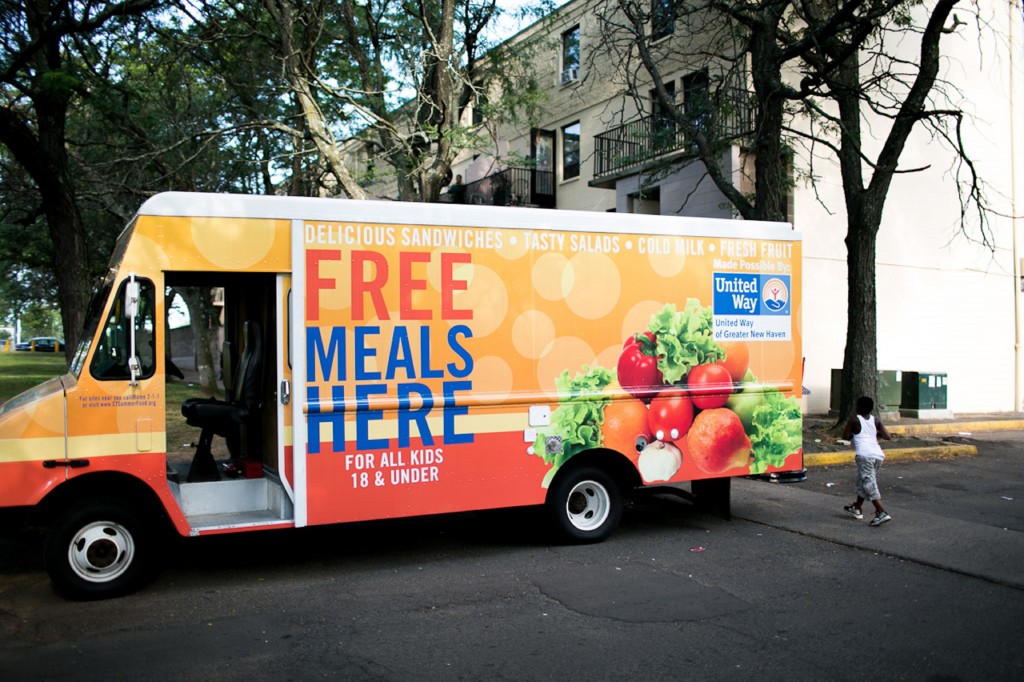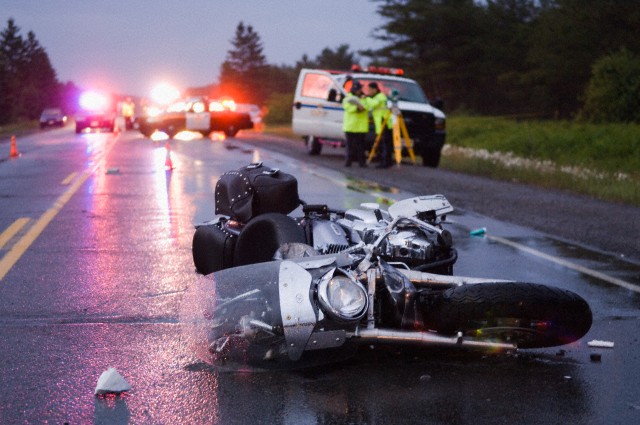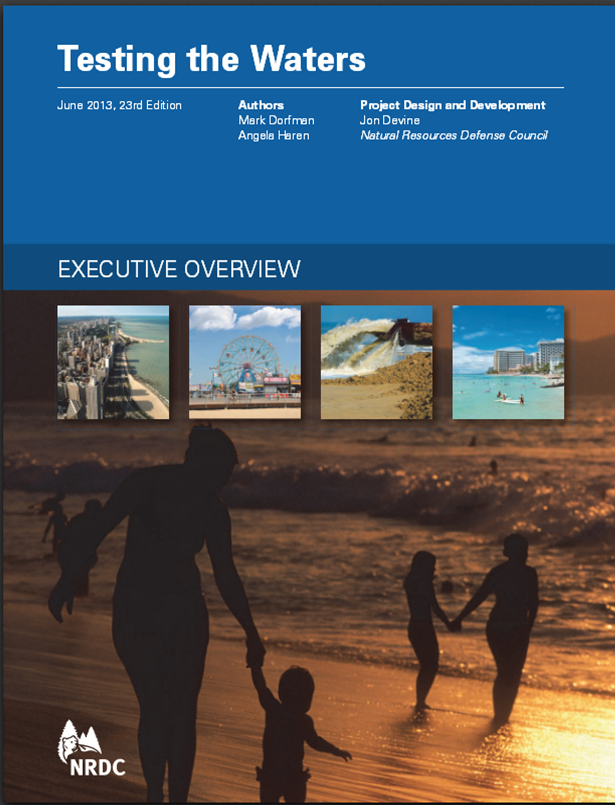Organ Donation Draws Renewed Attention as Data Points to Acute Need
/
In the United States, 56 percent of the patients waiting for organ transplants are individuals of color, even though they account for 36 percent of the total population.
“While successful matching between donors and recipients does not take race or ethnic background into consideration, since we really all can help each other, more donors from all backgrounds will only result in fewer deaths on the waiting list,” says Caitlyn Bernabucci, Public Education Specialist for LifeChoice Donor Services. “Compatible blood and tissue types, which are a part of the donor and recipient matching process, are commonly found in people with similar backgrounds and ethnicities.”
To bring attention to the issue, August 1-7 is designated National Minority Organ Donor Awareness Week. This is a nationwide observance to educate people of the need for donation and transplantation within the multicultural community, and how to register their decision to donate.
Today, nearly 199,000 people are on the national organ transplant waiting list. Largely due to the rarity of donation opportunities, only about 28,000 organs are transplanted each year. As a result, 18 people die each day due to the lack of a donor.
Currently, Hispanics/Latinos comprise 16% of the population, 19% of those waiting for a kidney, and 17% of those waiting for a liver, the federal agency reports. According to the U.S. Department of Health & Human Services (HHS), African-Americans, Asians and Pacific Islanders, and Hispanics/Latinos are three times more likely than Caucasians to suffer from end-stage renal (kidney) disease, often as the result of high blood pressure and other conditions that can damage the kidneys. Almost 35 percent of the more than 95,000 people on the national waiting list for a kidney transplant are African-American.
In Connecticut, as of July 19, 2013, the waiting list for all organ transplants for Connecticut residents includes 1,368 individuals. The ethnicity breakdown, according to official statistics, includes 668 whites, 457 blacks, 198 Hispanics, and 42 Asian. Overall in Connecticut, individuals on the waiting list include 1,151 seeking kidney transplants, 192 awaiting liver transplants, 17 waiting for a pancreas transplant, and 25 hoping for a heart transplant.
HHS data indicates that in 201 2, Hispanic recipients were 14.1 percent of the total organ transplants in the U.S, reflecting 15.8 percent of kidney transplants in the nation. Among Hispanics, 66 percent of transplant recipients received kidneys and 22 percent received livers. African-Americans received 19.9 percent of all organ transplants, including 24.8 percent of kidney transplants. HHS reports that since 1996, the number of non-white donors has doubled.
2, Hispanic recipients were 14.1 percent of the total organ transplants in the U.S, reflecting 15.8 percent of kidney transplants in the nation. Among Hispanics, 66 percent of transplant recipients received kidneys and 22 percent received livers. African-Americans received 19.9 percent of all organ transplants, including 24.8 percent of kidney transplants. HHS reports that since 1996, the number of non-white donors has doubled.
“A disproportionately high number of minorities are currently in desperate need of an organ transplant. The need is so great in these communities mainly because diseases that cause end stage renal failure and the need for a kidney transplant, such as uncontrolled high blood pressure and diabetes, tend to impact this group more than others,” adds Bernabucci.
Although organs are not matched according to race/ethnicity, and people of different races frequently match one another, all individuals waiting for an organ transplant will have a better chance of receiving one if there are large numbers of donors from their racial/ethnic background. This is because compatible blood types and tissue markers—critical qualities for donor/recipient matching—are more likely to be found among members of the same ethnicity, the federal agency points out, adding that “a greater diversity of donors may potentially increase access to transplantation for everyone.”
Originally launched in 1996 as National Minority Donor Awareness Day on Aug. 1, the one-day observance became a week-long designation at the request of organ procurement organizations (OPOs) and other organ donation partners throughout the country, according to Texas organ transplant officials.
LifeChoice Donor Services, Inc. is the federally designated, non-profit organ procurement organization (OPO) for six counties in Connecticut and three counties in Western Massachusetts with a combined population of 2.2 million people. The OPO serves twenty-three acute care hospitals for organ and tissue donation and two organ transplant hospitals, Hartford Hospital in Hartford, CT and Baystate Medical Center in Springfield, MA. Organ transplants include kidney, liver, pancreas, heart, lung and intestine.
Donate Life New England is a joint project of three federally designated organ procurement organizations that serve New England – New England Organ Bank, LifeChoice Donor Services, The Center for Donation and Transplant, the Connecticut Eye Bank, as well as Donate Life Connecticut. For more information about LifeChoice and to join the Donor Registry, please visit www.lifechoiceopo.org or call 1.800.874.5215.















































